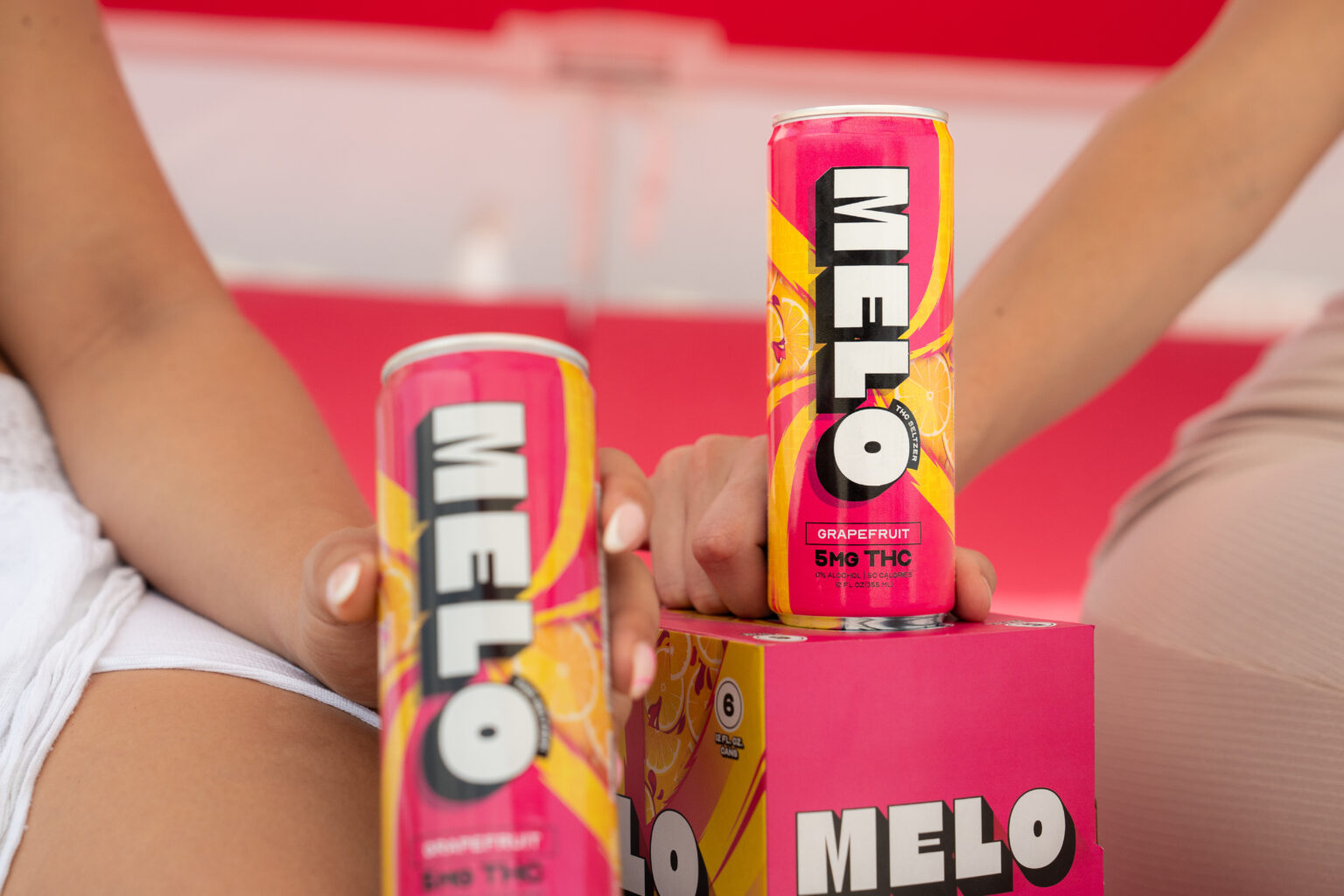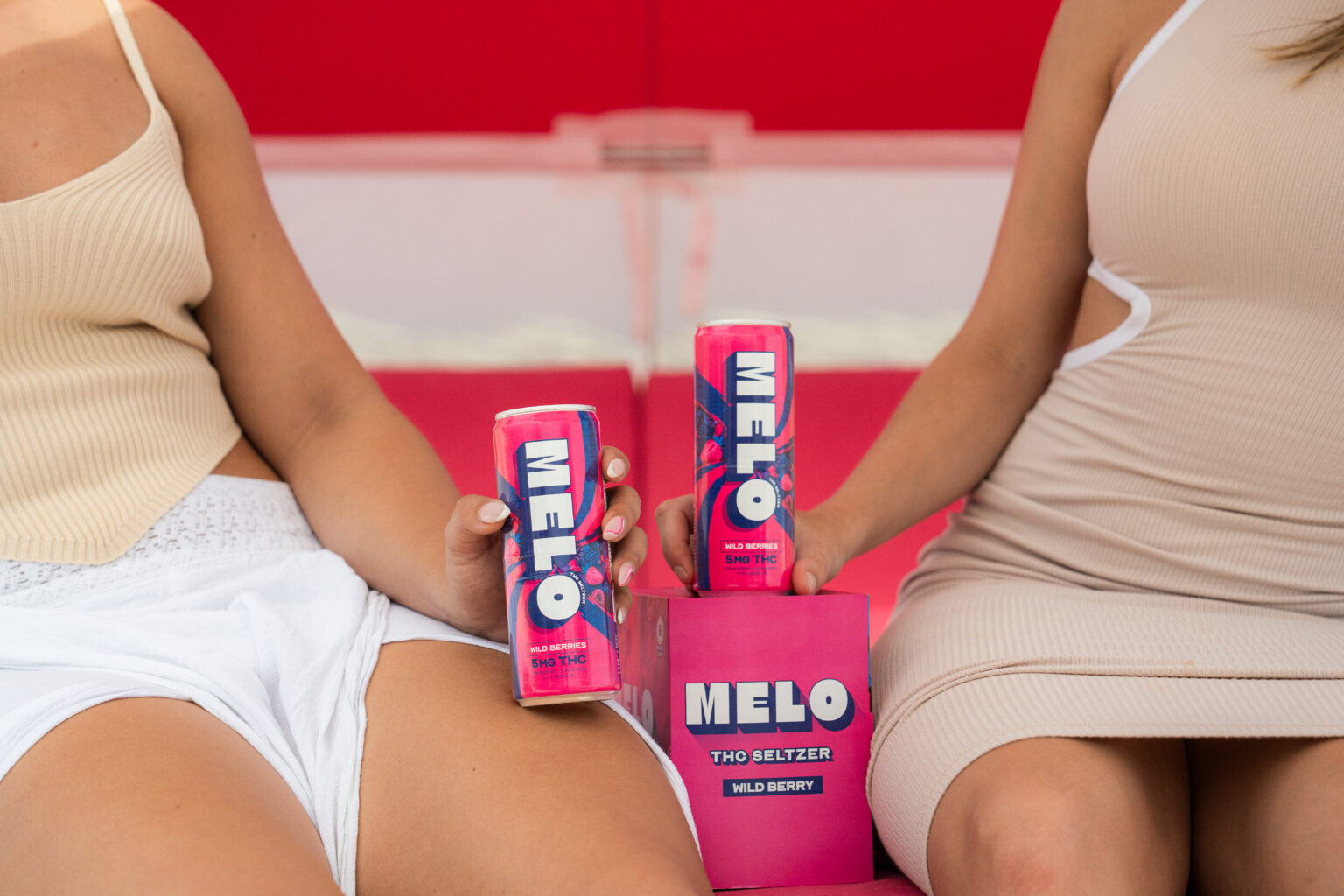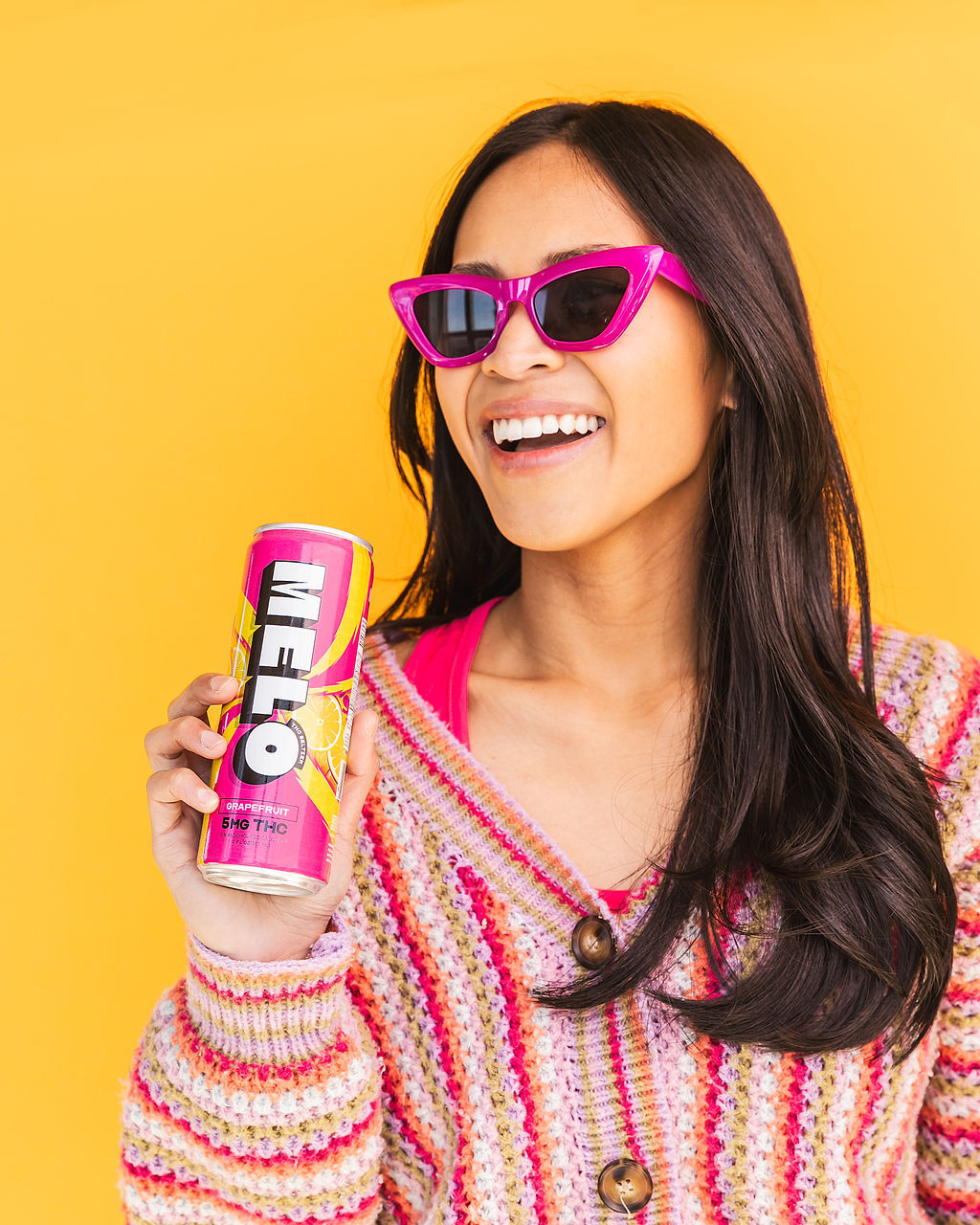Faster Absorption than Edibles
THC beverages offer a unique way to consume cannabis, but they often come with misconceptions about their effects and how they work. One common misconception is that they take longer to kick in than other forms of consumption, like smoking or vaping. In reality, THC absorbed from beverages can enter the bloodstream faster due to its direct access through the digestive system.
- The rapid absorption rate is because the body quickly processes and absorbs THC-infused liquids.
- This leads to a quicker onset of effects compared to edibles, which need to be broken down by the liver first.
Impairment vs. Intoxication

Impairment and intoxication are terms often used interchangeably but have distinct meanings in the context of THC consumption. Impairment refers to any decline in cognitive or physical abilities caused by THC. It’s a broader term encompassing various effects like slowed reaction time, altered perception, and difficulty concentrating. Intoxication, on the other hand, specifically describes a state of being overcome by a substance, typically characterized by euphoria, relaxation, or even disorientation.
The degree of impairment experienced varies greatly depending on factors such as individual tolerance, dosage, consumption method, and presence of underlying health conditions. It’s important to remember that THC can impair judgment and coordination, making it crucial to avoid activities requiring alertness and precision while under its influence.
Dosage and Potency
Dosage and potency are key concepts when understanding the effects of THC beverages. Dosage refers to the amount of THC consumed, typically measured in milligrams (mg). Potency, on the other hand, describes the concentration of THC in a given product, often expressed as mg of THC per serving or milliliter. The interaction of dosage and potency determines the overall experience, highlighting the importance of starting with low doses and gradually increasing them to find the desired effect.
Standard Serving Sizes
Standard serving sizes for THC beverages can vary significantly between brands and products. It’s crucial to carefully read product labels to determine the precise amount of THC per serving. Generally, a standard serving size might range from 5 to 10 milligrams of THC.
Understanding the potency of a beverage is equally important. Products with higher THC concentrations may require smaller servings to achieve the desired effects. It’s always best to err on the side of caution, start with a low dose, and gradually increase it as needed.
Concentration Variations
Dosage refers to the total amount of THC consumed, typically measured in milligrams (mg). Potency, conversely, describes how much THC is present in a given product. This is often expressed as mg of THC per serving or milliliter.

Variations in concentration can be significant between products, even within the same category. For example, one brand’s “strong” beverage might have a different potency than another brand’s “extra strength” offering. This emphasizes the importance of carefully reviewing product labels to determine the precise THC content.
Understanding both dosage and potency is crucial for a safe and enjoyable experience with THC beverages. It allows individuals to tailor their consumption to their desired effects and tolerance levels.
Effects and Duration
Effects and duration are fundamental aspects of understanding how THC beverages impact the body. The onset, intensity, and longevity of these effects can vary greatly depending on several factors, including dosage, individual metabolism, and consumption method.
Instant Gratification Myth
One common misconception surrounding THC beverages is the idea that their effects take much longer to be felt compared to smoking or vaping cannabis. This belief stems from the association of edibles with delayed onset times. However, when it comes to THC-infused drinks, absorption occurs more rapidly due to the direct access of THC to the bloodstream through the digestive system.
The effects of THC beverages typically manifest within 30 minutes to an hour, sometimes even sooner. This faster absorption rate is attributed to the body’s efficient processing and assimilation of liquids containing THC. In contrast, edibles, which need to be broken down by the liver before their effects are felt, tend to have a longer onset time, often taking 1-2 hours or more to kick in.
The duration of THC’s effects from beverages can last for several hours, typically ranging from 4 to 6 hours. Factors influencing this duration include individual metabolism, dosage consumed, and the specific formulation of the beverage.
Lingering Effects
The effects of THC beverages typically last for several hours, generally ranging from 4 to 6 hours.
This duration can vary based on factors such as an individual’s metabolism, the amount of THC consumed, and the specific composition of the beverage.
Legality and Regulations
Navigating the world of cannabis products requires understanding the complexities surrounding legality and regulations. These laws, which vary significantly by location, dictate everything from production and distribution to sale and consumption. It’s crucial for consumers to be informed about their local regulations to ensure they are consuming THC beverages responsibly and within legal boundaries.
State-Specific Laws
Laws governing cannabis products, including THC beverages, are constantly evolving and vary widely by jurisdiction. Consumers must research and understand the specific regulations in their area to avoid legal repercussions.
Factors influencing state-specific laws include social attitudes toward cannabis, medical marijuana programs, and the type of regulation employed (e.g., prohibition, decriminalization, legalization).
Some states have implemented strict regulations regarding THC beverage production, labeling, and sale, while others may have more lenient policies.
It’s important to note that even in states where recreational cannabis is legal, there are often limitations on public consumption, possession limits, and age restrictions.
Labeling and Safety Standards
Understanding the legal landscape surrounding THC beverages is crucial.
Regulations vary widely by location, impacting everything from production and distribution to sale and consumption.

It’s essential for consumers to stay informed about their local laws to ensure they are consuming these products responsibly and within legal boundaries.
These regulations often cover aspects such as product labeling requirements, THC concentration limits, age restrictions for purchase, and permitted sales channels.
Failure to comply with these regulations can result in legal penalties, including fines or even imprisonment.
Staying informed about the latest developments and specific regulations in your jurisdiction is the best way to avoid any potential legal issues.
Other Misconceptions
The world of cannabis consumption is rife with misconceptions, particularly when it comes to THC beverages. These unique products often face misunderstandings regarding their effects, onset times, and even legality. Understanding these common misconceptions is crucial for consumers seeking a safe and informed experience with THC beverages.
“THC-Free” Beverages
Other common misconceptions about “THC-free” beverages center around the idea that they are completely devoid of psychoactive effects. While these products often contain negligible amounts of THC, it’s important to remember that trace amounts may still be present due to variations in manufacturing processes or cross-contamination during production.
- Even though labeled as “THC-free,” a small amount of THC might remain in the product.
- Individuals who are highly sensitive to THC could potentially experience mild psychoactive effects.
The marketing term “THC-free” can be misleading. While these beverages are typically formulated with no intentional addition of THC, it’s important to understand that complete elimination is not always guaranteed. Trace amounts of THC may still be present due to factors such as:
- Variations in manufacturing processes.
- Cross-contamination during production.
Mixing with Alcohol
Mixing THC beverages with alcohol is a common misconception that can lead to dangerous consequences. While it might seem harmless, combining these substances amplifies their individual effects and creates unpredictable interactions that can significantly impair judgment, coordination, and overall safety.
- Both alcohol and THC are central nervous system depressants, meaning they slow down brain function.
- Consuming them together intensifies this depressant effect, leading to heightened sedation, dizziness, nausea, and impaired motor skills.
The combination can also increase the risk of blackouts, memory loss, and accidents due to decreased reaction time and poor decision-making. It’s crucial to remember that even if a THC beverage is labeled as “THC-free,” it might still contain trace amounts of THC. When combined with alcohol, these minute quantities can add to the overall psychoactive effects, making the experience unpredictable.
To prioritize safety and well-being, it’s best to avoid mixing THC beverages with alcohol altogether.
Find THC seltzers perfect for social events
